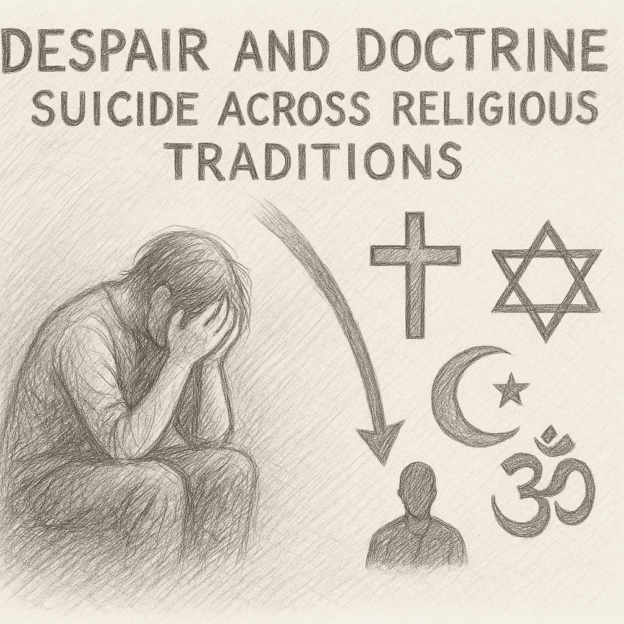Glad to see the Monument to the Great Fire of London has been re-opened after spending the last eighteen months being refurbished. And to celebrate here’s a few of the photographs I’ve taken on, from, by, and of, the Monument.
I’m keen on the Monument seeing as I’m a bit of a nostalgist and it’s just by Sun’s London offices (55 King William St.) and Customer Briefing Centre (CBC, at Regis House, 45 King William St.), with the Fine Line pub artfully arranged betwixt the two (there are plenty of other pubs nearby, it’s just almost a certainty you’ll see someone you know here after work, prior to the inevitable journey home).
A couple of years ago I went through a phase of going up the Monument almost every lunch time I was at our London offices; for a bit of exercise (it’s 311 steps up) and because I enjoyed the view, and that’s when I started to take the photos.
Serendipitously my children were learning about the Great Fire a few months after I’d become interested in the Monument, in fact I think the commemorative certificate I received when I first went up there is still on the wall at their primary school, along with the information booklet and a few pictures.
Obviously the history of the Monument is more than interesting; it was commissioned in 1669, three years after the Great Fire of London of 1666 that it commemorated. And for a great deal of the time it has been in existence it was inscribed with a variety of text blaming the Catholic community for starting the fire (getting caught up in the ascension of William III to the throne), a lie so plainly untrue that Alexander Pope famously wrote “Where London’s column pointing at the skies, Like a tall bully, lifts the head, and lies.” (Moral Essays. Epistle iii.).
William the III marks the last successful invasion and occupation of England and Wales, and is often overlooked by many, as, of course, he and his Dutch forces were ‘invited’ to invade by Parliament, but invasion and occupation it was. The bloodshed was predominately kept to Scotland and Ireland, where supporters for James the II were most prevalent; in Scotland because of his links to and descent from the Scottish throne and in Ireland because of his support of Catholicism. Anecdotally I’ve been told by elder members of the Horkan family that a number of our ancestors fought at ‘Battle of the Boyne‘ on the side of James the II, this decisive battle marked the failure of James to regain the throne of England and a crucial turning point in the struggle between Protestant and Catholic communities in Ireland.
The English Parliament, had made it illegal for anyone to be Head of State who was Catholic, in part, as being so would mean that the Head of the Church of England would be subject to the See of Rome, something that could not be tolerated, but predominately because of the mainly Protestant make up of Parliament itself. Coupled with the complex relationship to, and composition of, allies and enemies, some united by and divided by religious alignment, across Western Europe, it led to the situation that saw the invasion take place (in fact many historians see it as being little more than an extension to the fighting across Europe attempting to keep Louise the XIV in check). The law still exists that dictates the religion of the Head of State of England, even though a number of the Royal family have chosen to convert to Catholicism, losing them their place in the ‘order of precedence’ for the throne for all time (unsurprisingly this is often done just before they need to receive their last rights, just in case I suppose).
Thanks to the wonders of tagging here’s a selection of pictures from the monument taken by everyone who hosts their photographs on flickr who’ve used ‘the-monument‘ as a tag (some of these will be mine, flickr doesn’t have complex search and sort around tags yet, that would allow me to exclude my photos from this selection).
Here’s a whole host of links to Monument themed content; go knock yourselves out:
